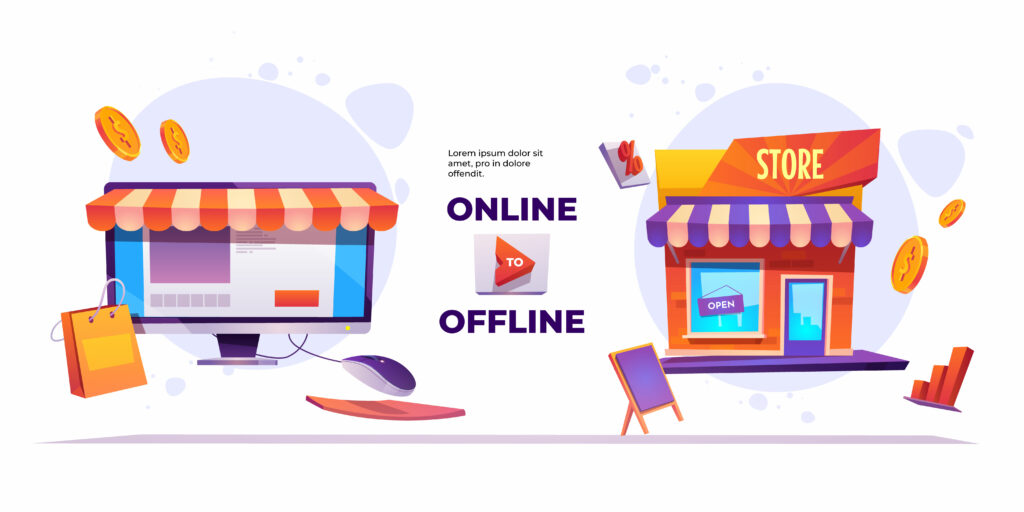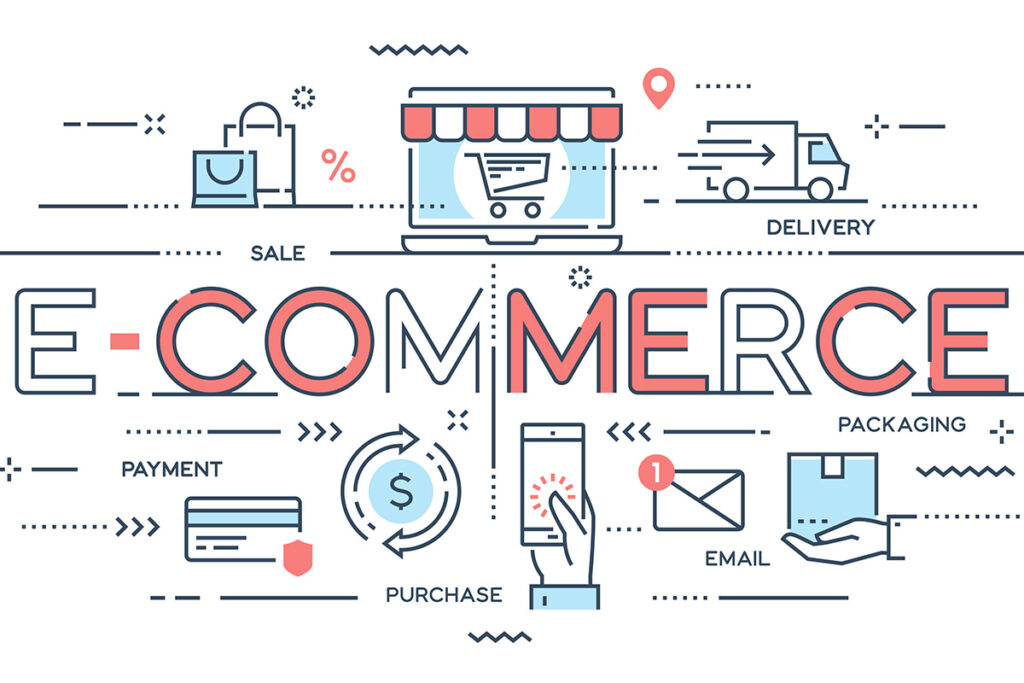Meta description: Explore the exciting world of e-commerce website design and development. Discover key insights, best practices, and FAQs to enhance your understanding of this dynamic field. Get ready to embark on a journey of creating successful online stores!
Introduction
Welcome to the fascinating realm of e-commerce websites, where online shopping experiences come to life! In this article, we will delve into the intricacies of designing and developing e-commerce platforms. From captivating user interfaces to seamless checkout processes, we will explore the essential elements that contribute to a successful online store. Join us as we embark on this informative journey through the world of e-commerce websites: design and development.

Exploring the World of E-commerce Websites: Design and Development
In this section, we will dive deep into the various aspects of designing and developing e-commerce websites. From creating visually appealing interfaces to optimizing for mobile devices, we will cover a wide range of topics to enhance your understanding of this dynamic field.
1. Understanding User Experience (UX) Design in E-commerce
User experience (UX) plays a pivotal role in the success of any website. It encompasses the overall impression a user has while navigating through the site. Designers must focus on creating intuitive interfaces that provide a seamless shopping journey. Key elements to consider include:
– Consistent branding and visual aesthetics
– Intuitive navigation menus and search functionality
– Clear product categorization and filtering options
– Engaging product pages with high-quality images and detailed descriptions
– Streamlined checkout processes with minimal form fields
2. Optimizing for Mobile Devices: The Mobile-Friendly Revolution
With the increasing popularity of smartphones and tablets, optimizing websites for mobile devices has become imperative. Mobile-friendly design ensures a seamless experience for users accessing the site on smaller screens. Implementing responsive design techniques allows content to adapt and display optimally on various devices, eliminating the need for separate mobile sites.
3. Leveraging SEO for E-commerce Success
Search engine optimization (SEO) is a critical component of any website’s success. By optimizing the site for search engines, you can improve visibility and attract organic traffic. Key SEO strategies for e-commerce websites include:
– Conducting keyword research to identify relevant terms and phrases
– Optimizing product descriptions and meta tags with targeted keywords
– Building high-quality backlinks from reputable websites
– Enhancing website speed and performance for better search rankings
4. Secure Transactions: Building Trust and Confidence
In the world of e-commerce, building trust and confidence among customers is essential. Implementing robust security measures ensures the protection of sensitive customer information during transactions. Key security features to consider include:
– SSL certificates to enable secure data transfer
– Encrypted payment gateways for safe financial transactions
– Regular security audits and vulnerability assessments
5. Seamless Payment and Checkout Processes
The payment and checkout processes are critical stages in the customer journey. Simplifying these processes can significantly impact conversion rates. Consider implementing the following features to enhance the payment and checkout experience:
– Guest checkout options for customers who prefer not to create an account
– Multiple payment gateways to cater to diverse customer preferences
– Transparent pricing and shipping information
– Order tracking and status updates for increased transparency
6. Integrating Inventory Management Systems
Efficient inventory management is crucial for successful e-commerce operations. Integrating inventory management systems with your website helps streamline processes, ensuring accurate stock levels and preventing overselling. Key features of inventory management systems include:
– Real-time inventory tracking
– Automated restocking notifications
– Syncing inventory across multiple sales channels

FAQs about E-commerce Website Design and Development
Here are some frequently asked questions regarding Woo commerce website design and development:
1. Q: What platform is best for building an e-commerce website?
– A: Several popular platforms cater specifically to e-commerce needs, such as Shopify, WooCommerce (WordPress), and Magento. Choose a platform based on your specific requirements and budget.
2. Q: How can I optimize my product images for faster loading?
– A: To optimize product images, compress them without compromising quality. Tools like TinyPNG and Kraken.io can help reduce file sizes while maintaining visual integrity.
3. Q: What is the role of responsive design in e-commerce websites?
– A: Responsive design ensures your website adapts and provides an optimal viewing experience across various devices, including desktops, tablets, and smartphones. This approach helps reach a broader audience and improves user engagement.
4. Q: How can I improve my website’s loading speed?
– A: To enhance loading speed, consider optimizing image sizes, minifying CSS and JavaScript files, utilizing caching techniques, and choosing a reliable hosting provider.
5. Q: What are the key security measures for an e-commerce website?
– A: Implement SSL certificates, secure payment gateways, and regular security audits. Additionally, use strong passwords, apply software updates promptly, and educate staff on best security practices.
6. Q: How can I attract more traffic to my e-commerce website?
– A: Implement SEO strategies, create engaging content, leverage social media platforms, collaborate with influencers, and invest in online advertising to drive more traffic to your e-commerce website.
Conclusion
Congratulations! You have successfully explored the exciting world of e-commerce websites: design and development. By understanding the principles of user experience, mobile optimization, SEO, security, payment processes, and inventory management, you are equipped to create exceptional online shopping experiences. Stay up to date with the latest trends and technologies in e-commerce, and continue to refine your strategies for building successful online stores. Now, go forth and conquer the e-commerce landscape!

